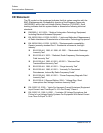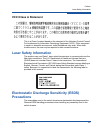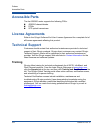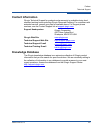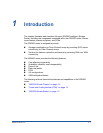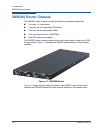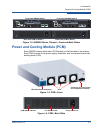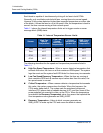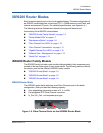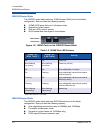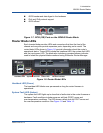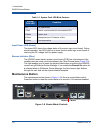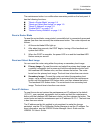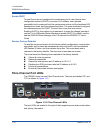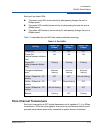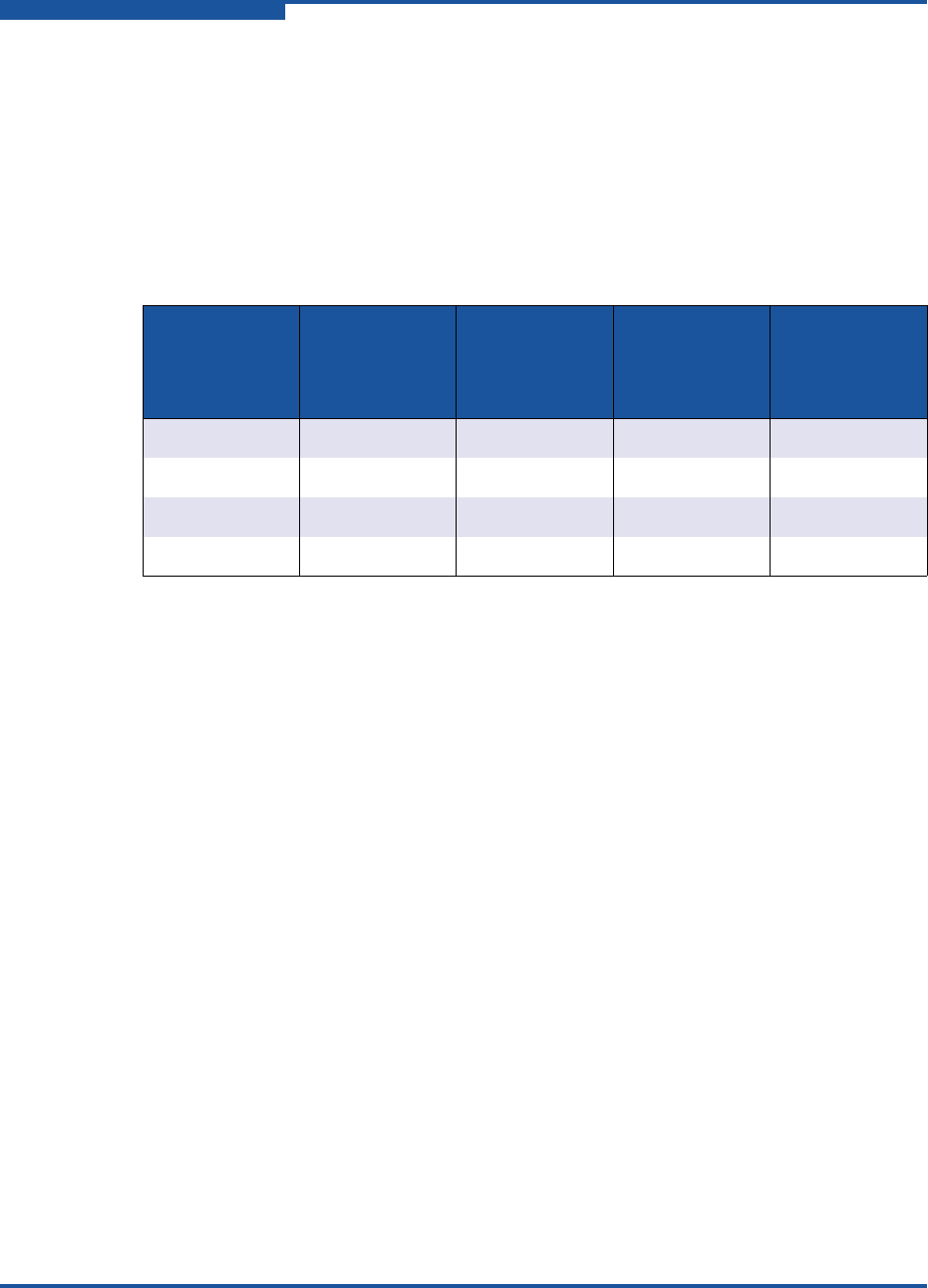
1–Introduction
Power and Cooling Module (PCM)
1-4 ISR651101-00 G
Each blade is capable of simultaneously driving all six fans in both PCMs.
Generally, only one blade controls both fans, running them at a normal speed.
However, if the system detects a higher-than-expected temperature on either side
of the blade, it forces the fans to run at full speed. After the temperature is back to
normal, the fans resume running at their normal speed.
Table 1-1 shows the internal temperature limits set to trigger events or server
message block (SMB) alerts.
The following describes the fan speed and temperature parameters listed in
Table 1-1.
High Fan Speed Temperature—When a sensor detects a temperature that
exceeds this value, the fans run at their maximum RPM speed. The system
logs the event and the system fault LED blinks five times every two seconds.
Low Fan Speed Recovery Temperature—When the fans are running at
their maximum RPM and all sensors report values less than this value, the
fan speed resets to normal.
Critical Temperature—When a sensor detects a temperature that exceeds
this value, the system powers down the blade. When this happens, the
CPUs enter sleep state 5. The system sets the peripheral component
interface (PCI) power state of capable devices to D3, and then turns off the
power supplies not essential to wake up the CPUs. When the temperature
goes below the Recovery Temperature value, the sensor that reported the
over-temperature value generates an SMB_ALERT.
Recovery Temperature—Value at which a sensor generates an
SMB_ALERT to wake up the CPU and cause the blade to reboot.
Table 1-1. Internal Temperature Sensor Limits
Sensor
High Fan
Speed
Temperature
Low Fan
Speed
Recovery
Temperature
Critical
Temperature
(power off)
SMB_Alert
Recovery
Temperature
Front 60°C 55°C 70°C 55°C
Rear 45°C 40°C 55°C 45°C
CPU1 60°C 55°C 68°C 55°C
CPU2 60°C 55°C 68°C 55°C



